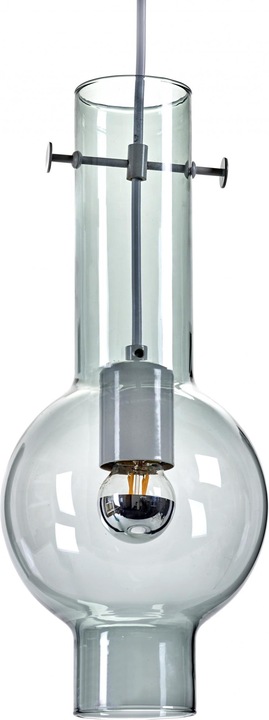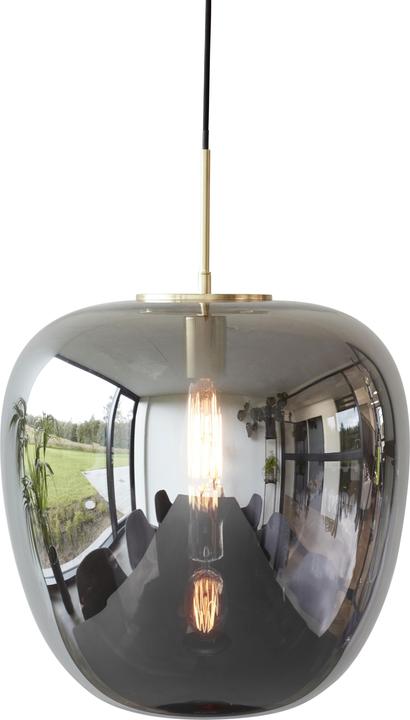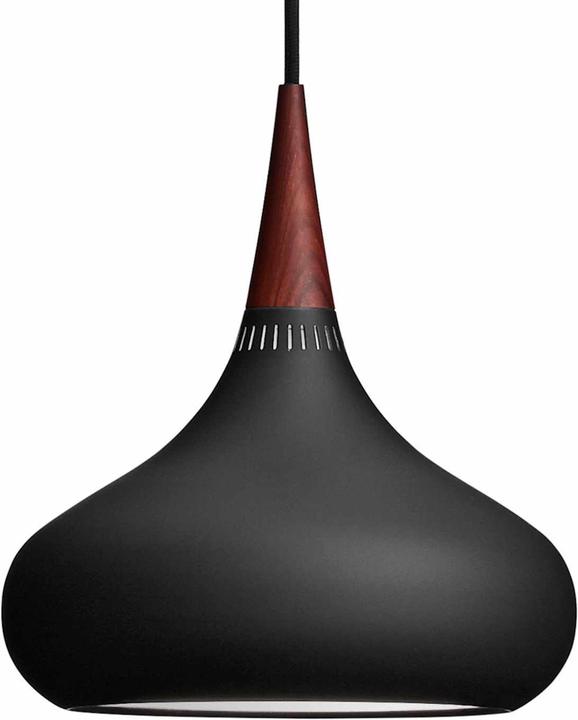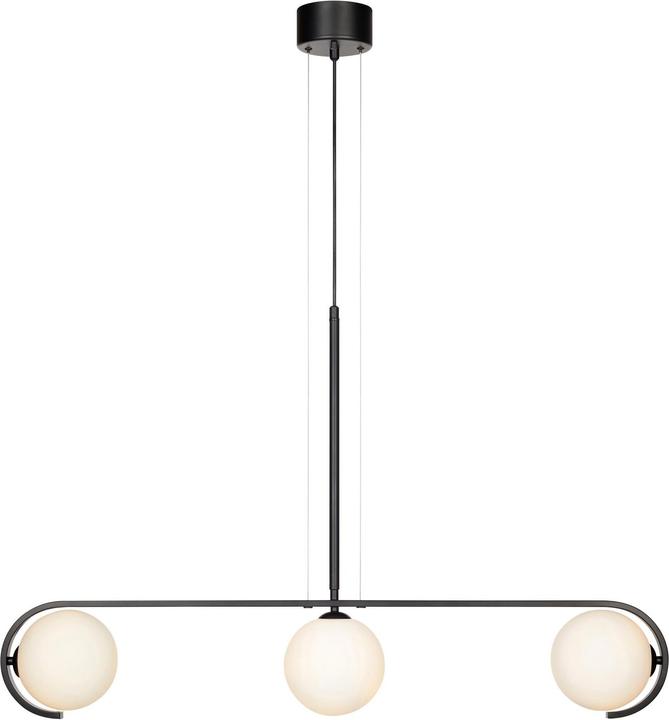

Choosing pendant lights made easy
In addition to the light source, a lampshade also influences how bright the room is. The more consciously you choose the material and shape, the more you can set selective accents and play with the lighting mood.
Choosing a pendant light online stimulates the imagination: How does the lamp look when switched on and off and how much light penetrates its surface? Sure - manufacturers are good enough to provide you with a photo to help you get started. But they often take photos of their lights without them being switched on. It's a case of head cinema. Fortunately, you can roughly predict how different shapes and materials will affect the light intensity. I'll describe it to make it easier for you when you're looking for the perfect model.
Material issues
Ceiling lights made of smoky glass are beautiful, but not everyone's cup of tea. Their surface shows the light source inside. This can be a thorn in the side of aesthetes. So ask yourself whether you want to hide LEDs and the like or not. In addition, smoky glass absorbs some of the light. Therefore, opt for lampshades made of transparent glass to utilise the full light intensity. However, be aware that they are not always glare-free
.
Opal glass shields light sources but allows light to shine through evenly thanks to its silky white surface. It is suitable for homogeneous lighting. Lampshades made of textiles or paper behave in a similar way. They completely conceal the light source. Depending on how dense the mesh of the fabric or the thickness of the paper is, the light shines through more or less intensively. The colour of the fabric also plays a role here: the darker the fabric, the more subdued the lighting.
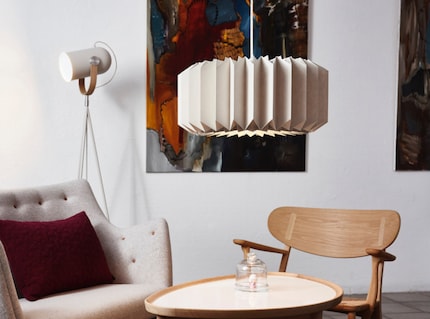
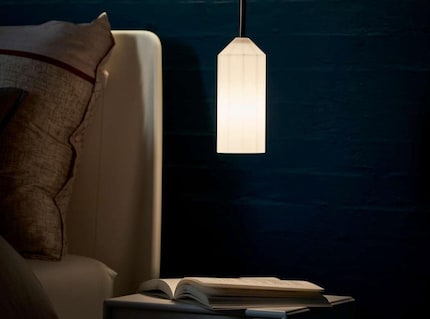
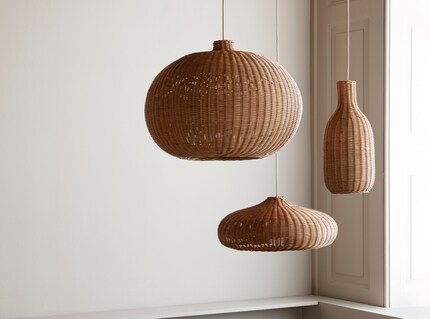
Lampshades made of cardboard or rattan allow the light source to shine through a little. Depending on their shape, they also cast a shadow on the wall or floor. You can use this effect deliberately to create visual highlights in the room. You can play it safe in terms of opacity with lampshades made of metal, concrete or wood, which only emit light from an opening that usually points downwards.
All a matter of form
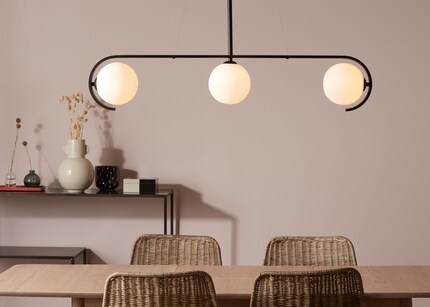
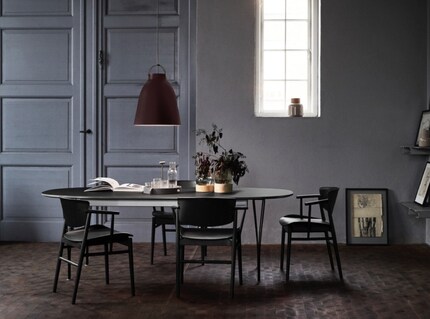
Illuminate rooms evenly by choosing a shape that distributes light evenly. This can be achieved with spherical silhouettes, for example. On the other hand, conical models are suitable for spot lighting. Use them if you want to highlight a shelf or dining table, for example.
Lamps with a shape reminiscent of an umbrella are also a solution for deliberately directing light onto an area. If the radius is not enough for you, there are also rod-shaped ceiling lights that distribute light linearly to the area below.
Like a cheerleader, I love celebrating good design and bringing you closer to everything furniture- and interior design- related. I regularly curate simple yet sophisticated interior ideas, report on trends and interview creative minds about their work.
Practical solutions for everyday problems with technology, household hacks and much more.
Show all